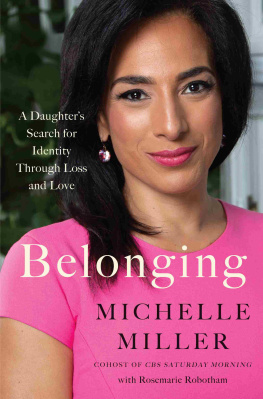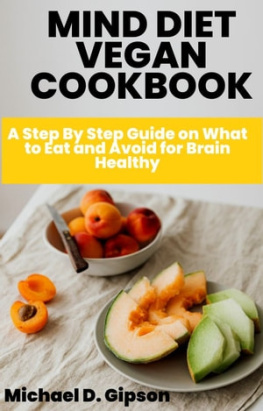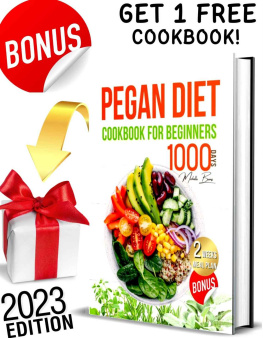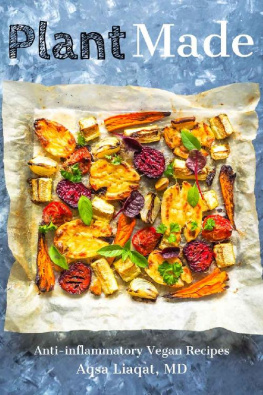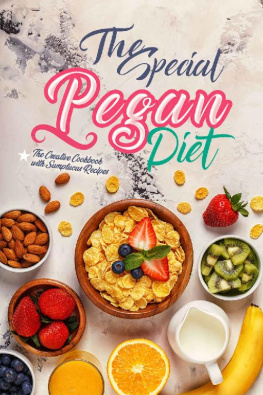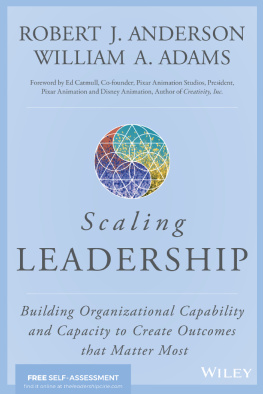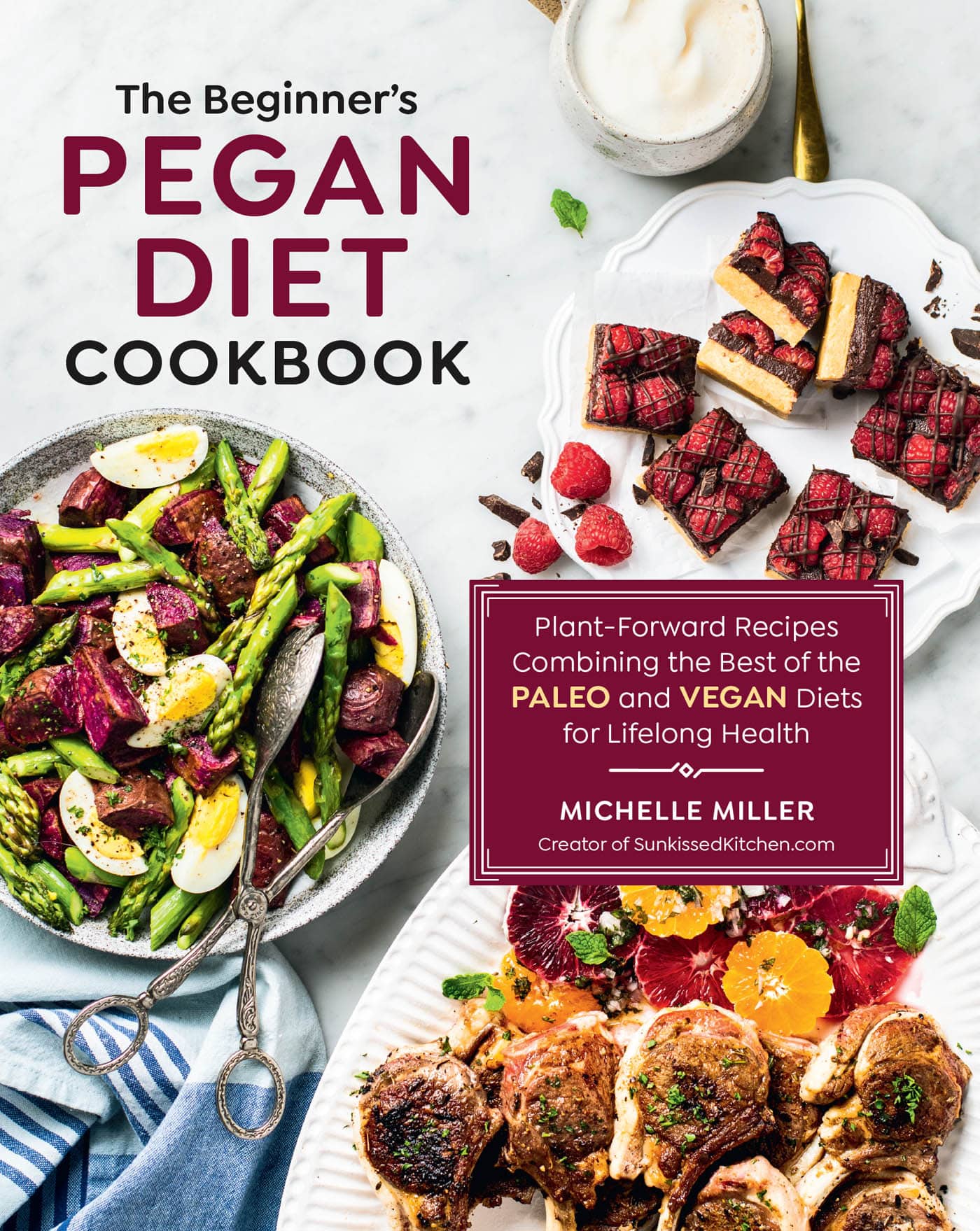Contents
Page List
Guide
Cover
The Beginners
PEGAN
DIET
COOKBOOK
Plant-Forward Recipes Combining the Best of the PALEO and VEGAN Diets for Lifelong Health
MICHELLE MILLER
INTRODUCTION
When I was young, I was sick and unhealthy. I was diagnosed with exercise-induced asthma at the age of six and, from that point on, was on steroid inhalers and often prescribed steroids to make it through bouts of bronchitis. At the age of twelve, I was overweight and rarely slept through the night without waking up needing to use my inhaler.
That winter, my regular doctor was away, and I saw Dr. Peter Boehm, a man who had the most profound impact on the rest of my life. He looked at my records and explained that the repeated rounds of steroids were a bandage, but not addressing the root cause of my illness. Instead of looking at the illness I was dealing with, he looked at me as a twelve-year-old, otherwise healthy child, and knew he needed to do a little investigating.
In the course of two days, we found out I had many airborne allergies. He recommended that my mom remove the carpet from my room and bleach my walls to get rid of any mold. That night, for the first night in as long as I could remember, I slept solidly, without needing medication.
Being able to sleep through the night gave me levels of energy I hadnt experienced before. I started running at school with a friend and joined a gym. As the weight started coming off, I became interested in health, fitness, and nutrition and found ways to add more whole foods to my diet.
At that first appointment, Dr. Boehm told me we were going to figure this out and, one day, I would send him a postcard telling him about the marathon I just ran. That encouragement has stuck with me for more than twenty years now. I have run half-marathons and am now training for a full marathon.
The heart of the pegan diet is to understand the whole person and how our choices affect our health in so many ways. I am so grateful to have met Dr. Boehm, who looked at me as a whole person and helped put me on track for a healthy and full adulthood.
THE HEART OF THE PEGAN DIET IS TO UNDERSTAND THE WHOLE PERSON AND HOW OUR CHOICES AFFECT OUR HEALTH IN SO MANY WAYS.
CHAPTER 1
THE BASICS OF THE PEGAN DIET
The science of food and nutrition is ever changing and understanding what we should eat and why is a never-ending quest. Experts have been influenced by food manufacturers turning what should be science-based advice into heavily political topics.
INTRODUCTION
Dietary advice has vastly changed over the past seventy-five years. In the 1950s, we were told that cholesterol was bad for us and to limit fats and animal products. This brought on heavily grain-based diets full of processed foods. Instead of helping, this bolstered the obesity epidemic, skyrocketing cases of diabetes with nearly fifteen times the number of cases in 2017 compared to 1958.
Its time to recognize the flaws in our health care and education systems. Weve been given bad advice, but the truth about food is within our grasp.
Food comes from the earth. In its purest state, it is whole and natural. Convenience foods, processed foods, and fast foods have very little place in a healthy, functional diet. Dr. Mark Hyman, functional medicine doctor and creator of the pegan diet, reminds us that if it comes with a label, we probably shouldnt eat it.
Understanding which foods provide our bodies with disease-fighting nutrients, and which foods provide little nutritional value, clarifies what belongs on our plates.
The pegan (coined from a combination of the paleo and vegan diets) diet is a blend of the healthiest aspects of paleo and vegan diets without the firm restrictions those diets demand. It goes beyond just the nutrition of food, exploring how choosing organic, sustainable, and ethical meats and produce are better for our planet and our bodies.
AN OVERVIEW OF DR. MARK HYMANS PEGAN DIET PRINCIPLES
The pegan diet focuses on real, whole foods, and prioritizes the most nutrient-dense options. It is centered on fueling the body with high-quality foods: meats, low-carbohydrate fruits and vegetables, nuts, and seeds. These foods provide the highest nutrient content with the least impact on blood sugar levels. Although gluten is avoided on this diet, gluten-free grains are allowed in moderation along with legumes, healthy full-fat dairy products, and low glycemic sweeteners.
At the core of this diet is a lifestyle that takes into account optimal health as well as recognizing the need for environmentally sustainable food and animal welfare.
Understanding which foods to avoid is equally important.
AVOID OR LIMIT
- Artificial sweeteners
- Dried fruits, such as figs and raisins, that have a very high glycemic index
- Food additives and preservatives
- Gluten-containing grains
- Oils high in omega-6 fatty acids, such as corn, cottonseed, soybean, and sunflower
- Processed grain foods, such as bread, cereals, and crackers
- Processed sugars
- Trans fats (hydrogenated oils)
UNDERSTANDING THE GLYCEMIC INDEX
Optimal health is at the core of the pegan diet. The medical communitys current understanding of how glycemic load affects our health is a driving factor in determining how to fuel our bodies.
Foods with a high glycemic load, such as processed grain foods, potatoes, and sugar, spike blood sugar levels, leading to inflammation. Unstable blood sugar levels cause diabetes and contribute to heart disease and some types of cancer.
The glycemic index of a food is determined by how much that food raises your blood sugar level compared to pure glucose. The glycemic load refers to how much a typical serving of a food raises your blood sugar level. So, although watermelon has a glycemic index of eighty, its glycemic load is only five, making it a good food choice.
Focusing the majority of your diet on low glycemicload foods helps control blood sugar levels, which makes it easier to maintain or lose weight, wards off health issues, and leads to more stable energy levels.
WHAT SHOULD WE EAT?
Although the pegan diet is described as a combination of vegan and paleo diets, I like to think of it as a plant-forward paleo diet with allowances for healthier nonpaleo foods, such as gluten-free grains, legumes, and fermented dairy products.


